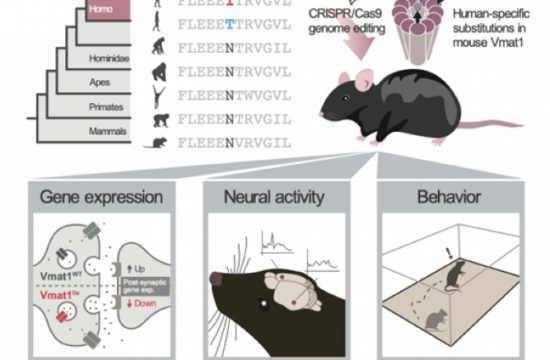New research makes a strong defense of a dying art.

The debut of the Remington typewriter in 1873 radically altered how people could communicate thoughts. Since then, we have debated whether handwriting was still necessary. Today, kids tap keyboards and phones but rarely, if ever, write by hand even a thank-you card.
However, there’s still good reason for mastering this diminishing craft.
Writing by hand is easier than using a keyboard—and more fruitful. In one study, (link is external)second-graders wrote more words, faster, by pen than by keyboard; fourth- and sixth-graders were more likely to write complete sentences with a pen. Other research (link is external)found that kids produce more ideas when writing by hand and that hand-written essays are more coherent and thoughtful—as well as grammatical.
While literate adults recognize letters despite changes in font, size, or case, children may learn to do that by writing, the authors suggest. The reason may lie in the fact that writing by hand requires several finger movements, compared to hitting a key. According to co-author Virginia Berninger, a professor of educational psychology at the University of Washington, those finger movements activate parts of the brain that help us think.
The case for teaching children cursive, however, is less clear, since at that stage of development they have already learned to recognize letters. According to a report from the Miami-Dade public school system, most schools currently teach cursive handwriting for 10-to-15 minutes a day in the spring of second or third grade. Until the 1970s, penmanship was typically a distinct daily lesson from first through sixth grade—and a separate grade entry on report cards. When handwritten essays were introduced on the SAT in 2006, only 15 percent of the almost 1.5 million students who took the test wrote their answers in cursive, the Miami-Dade report notes; the others printed. (The Common Core curriculum doesn’t require cursive at all, and some states have abandoned teaching it altogether.)
Even many adults who grew up learning to write by hand hate it and have long since abandoned trying to write legible cursive. But their ineptitude should not prevent them from articulating their thoughts; Victor Hugo, James Joyce, and Lord Byron were all scrawlers. Mastering cursive again would actually make it easier to write—the fastest hand-writers use a mix of cursive and print, according to literacy and handwriting expert Steve Graham. Some argue(link is external) that learning cursive is helpful for people with dyslexia. It is also a form of self-expression, since writers develop idiosyncrasies, although there is no good evidence(link is external) that we can reliably assess personality by examining handwriting samples.
Will we have lost something important if the next generation of Americans never send hand-written thank-you notes or post a shopping list on a refrigerator? Could you recognize your own child’s handwriting? In a completely non-scientific poll, I asked severalparents and none could definitively say yes. While the art of handwriting is dying out, and may require additional effort to learn initially, that extra attention could benefit both children and adults in terms of literacy, retention, and articulation.
Source: psychologytoday.com








